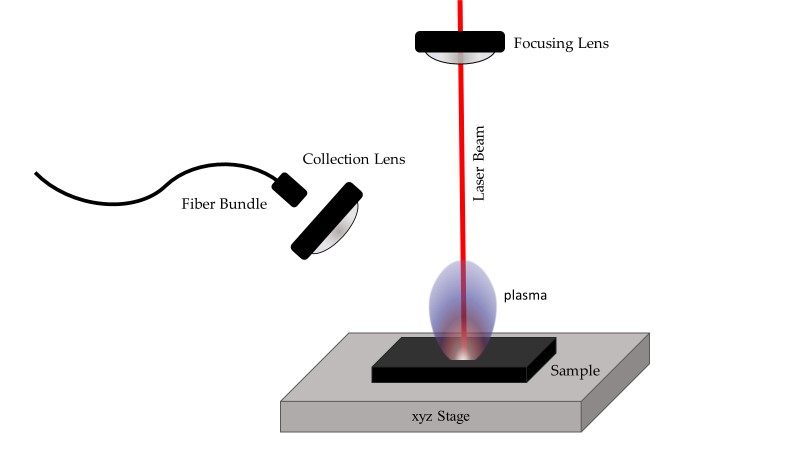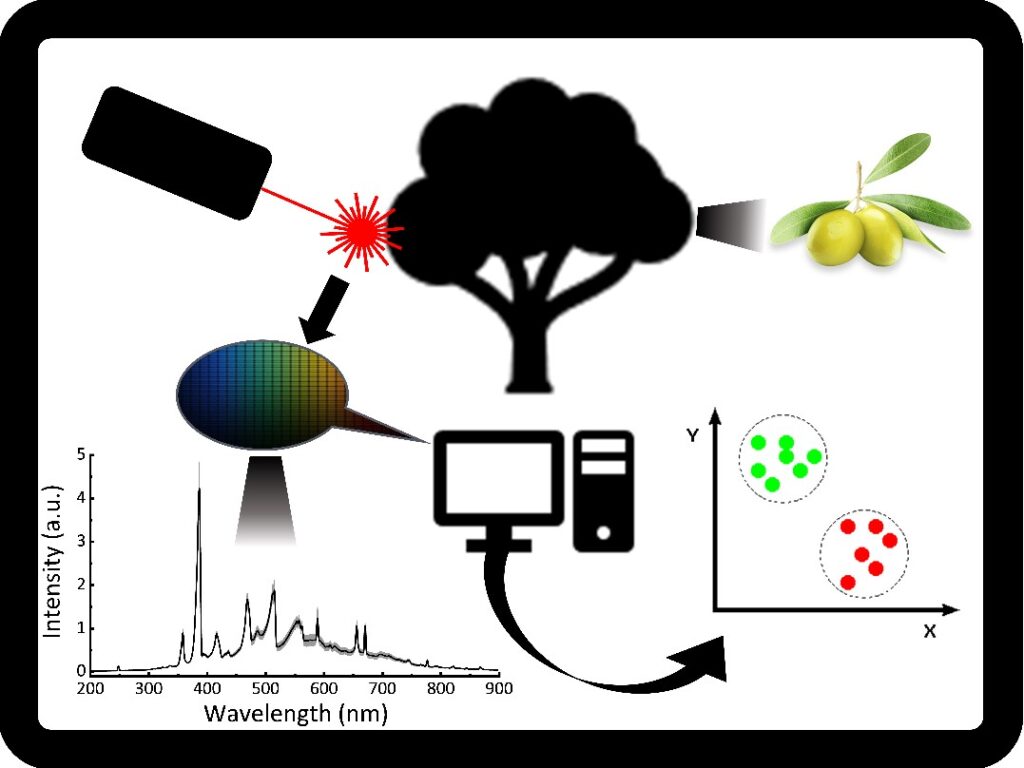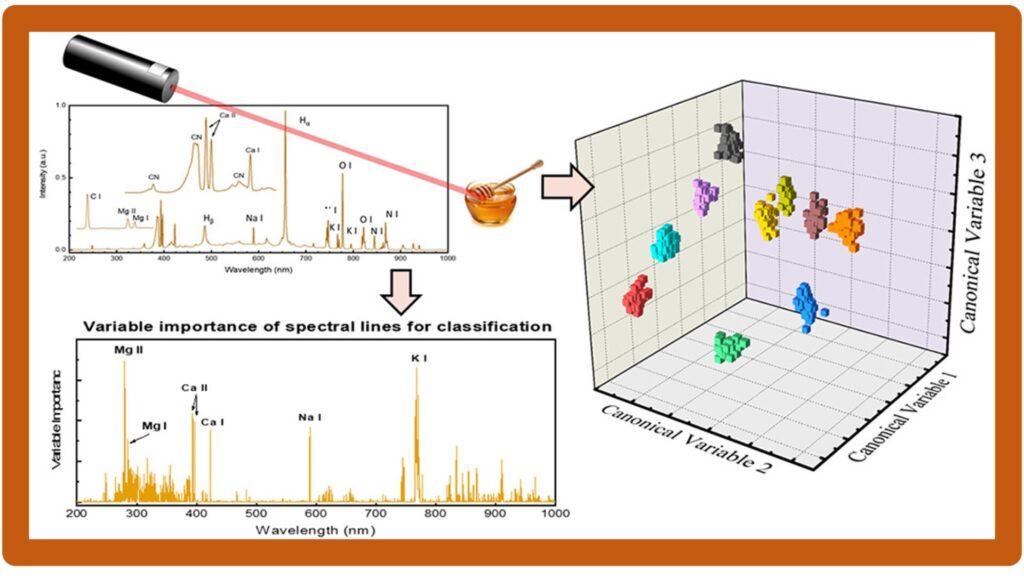Laser Produced Plasmas & LIBS
Lasers and photonic technologies having, nowadays, reached a satisfying level of maturity, seem capable to provide reliable and competent solutions for several societal needs which emerge in modern societies. As a result, their involvement in numerous applications, ranging from scientific research and medical applications, to metals cutting/welding, to forensic sciences and for security issues, in order to mention just few of them, are constantly increasing.
Among the various laser-based applications, Laser Induced Breakdown Spectroscopy (LIBS) has been established as an efficient tool for rapid, in-situ qualitative and quantitative elemental analysis of solid, liquid and gaseous materials.

In LIBS, the interaction of a powerful enough laser beam, usually focused to a tiny spot of the order of few micrometers (10-100 μm) on the surface or in the material, can result in the formation of micro-plasma which emits radiation. From the spectroscopic analysis of this emission some characteristic parameters/quantities of the plasma can be determined, as for instance the plasma temperature, the electronic density, the density of neutral/ionic species and also its elemental composition.
In particular, the spectroscopic analysis of the plasma light can provide valuable and useful information about the qualitative and quantitative composition of a sample independently of its physical state (i.e., solid, liquid or gas, conductive or dielectric).
The LIBS technique can operate in real-time, in situ, or remotely, without requiring any previous pre-treatment or conditioning of the sample, offering a kind of “fingerprint” of the studied material.
The NLOLA Lab research activities are focused on the following directions:
- LIBS assisted by machine learning for food authenticity, quality control and safety
- identification/classification of plastics/polymers for recycling purposes
- environmental issues (e.g., heavy metals in soils)
- high temperature metallurgical processes’ monitoring and diagnostics
- combustion diagnostics

